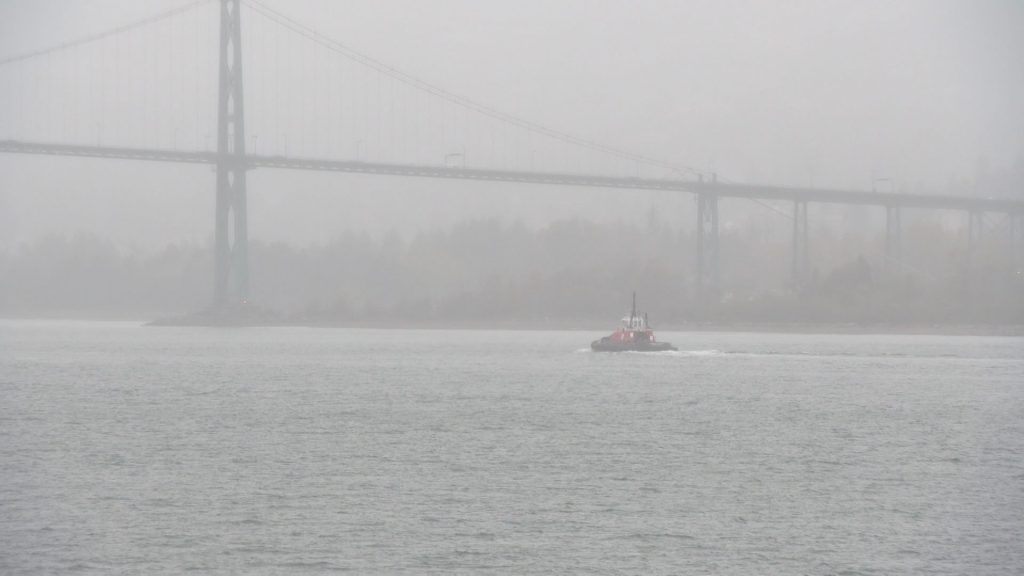TransLink launches new accessibility tool in Metro Vancouver for visually impaired

Posted January 9, 2023 1:22 pm.
Riders who are visually impaired may have an easier time getting around transit, as TransLink says it’s testing out a new accessibility tool.
TransLink says the project is the first of its kind in Canada, and will hopefully help customers with sight loss better maneuver the transit system independently.
The transportation authority says starting in late February, riders will be able to scan coded decals, similar to QR codes, with the use of the NaviLens app.

A NaviLens code is similar to a QR code and can be scanned using the NaviLens app. (Photo courtesy of NaviLens/website)
“Once the decals are scanned, the app provides audio instructions that guide customers to bus stops and exact points of pick-up. The app can also identify nearby amenities, such as elevators, and provide real-time information alerts,” TransLink said in a news release.
Placed at three transit locations, 16 codes to use with the app have been installed spread out between 10 bays at the New Westminster SkyTrain Station, four bus stops near the CNIB Foundation office in New Westminster, and two bus stops near the Vancouver Community College campus on East Broadway in Vancouver.
It adds riders don’t need to be very close to scan the codes, as they can be scanned up to 14 meters away and don’t need to be in focus.

A NaviLens code set up at a TransLink bus stop. (Photo courtesy of Translink)
Scans can also be done while people are moving, making it easier to find.
“Implementing this test technology shows TransLink is working to ensure its customers with sight loss can travel independently and confidently,” Access for Sight-Impaired Consumers President Rob Sleath said.
“This project aims to enhance the abilities of those with sight loss by helping them travel throughout the TransLink system,” he added.
Although the group says it’s the first use of the app on this side of the border, the system is used around the world, including New York City.
“By bringing this advanced wayfinding technology to Canada for the first time, we’re aiming to create a more inclusive experience and empower our riders to navigate the transit system with ease and safety,” TransLink CEO Kevin Quinn explained.
“These types of innovative projects demonstrate our commitment to improving accessibility for all customers throughout the region,” Quinn added.
This comes after TransLink’s initiative of installing braille signage at bus stops in Metro Vancouver started last year.
The project is set to run for six months and then be evaluated.








